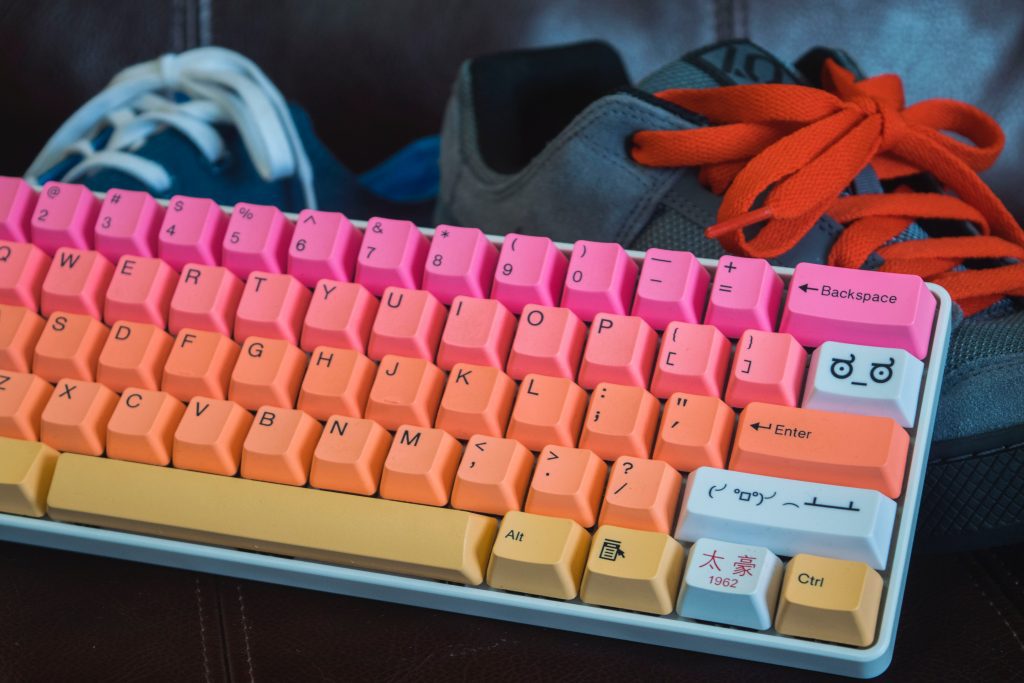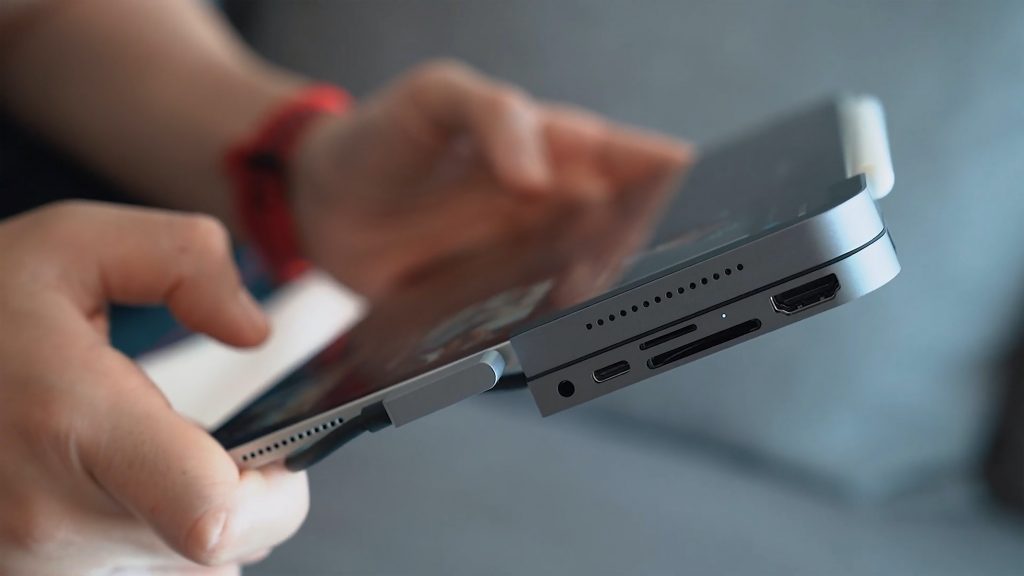If you’ve ever spilled a cup of coffee on your laptop or had your keyboard stop working after you’ve taken it out in the rain, you know that keyboards aren’t waterproof. But what if you need to use a keyboard outdoors or in damp areas? Is there a way to make them waterproof? In this article, we’ll discuss the different types of waterproof keyboards, the pros and cons of each, and how they can be used in a variety of situations.
Reasons why Making Keyboards Waterproof is Desirable
Waterproof keyboards are becoming increasingly popular due to their many advantages. They provide a more reliable solution than traditional keyboards, allowing users to work in all types of environments with less worry and more confidence.
One of the biggest reasons why making keyboards waterproof is desirable is because it helps to protect the internal components of the keyboard from damage. Water can cause corrosion and other forms of damage to the internal parts of a keyboard, which can lead to malfunctioning or complete failure. This can be especially problematic in high-risk environments such as factories, hospitals, and other places where liquid spills are likely to occur. With a waterproof keyboard, these risks can be greatly reduced.
Another advantage of waterproof keyboards is the increased durability they offer. Traditional keyboards can be easily damaged by dust, dirt, and other environmental factors, leading to deterioration of the keys. Waterproof keyboards are designed to resist these types of damages, resulting in a longer-lasting keyboard.
Finally, waterproof keyboards are also more hygienic than traditional keyboards. With regular use, keyboards can easily become magnets for dust mites, bacteria, and other germs. With a waterproof keyboard, these problems can be greatly reduced, making them a more sanitary option.
Types of Keyboards That Claim to be Waterproof
There are several types of keyboards that claim to be waterproof. These keyboards are designed to provide a secure, durable and waterproof typing experience for users in wet or humid environments. The most common types of waterproof keyboards are silicone, membrane, and mechanical keyboards.

Silicone Keyboards
Silicone keyboards are made out of a soft and flexible material that is waterproof and highly resistant to wear and tear. They have a low-profile design and are comfortable to type on. They are also lightweight and easy to transport. The keys are easy to clean and the keyboard itself can be wiped down with a damp cloth.
Membrane Keyboards
Membrane keyboards are constructed with a thin membrane layer over the keys. This layer provides a waterproof seal and is durable enough to withstand spills. The keys are responsive and easy to press, making them a great option for those who type often. The keyboards are also relatively affordable.
Mechanical Keyboards
Mechanical keyboards are designed for gaming and offer a more tactile typing experience. They are constructed with switches underneath each key that are durable and waterproof. They provide a satisfying clicky sound when pressed and provide a satisfying typing experience. Mechanical keyboards are usually used by gamers and hobbyists.
These are the most common types of waterproof keyboards on the market. Each type of keyboard has its own set of features and advantages, so it is important to do research before making a purchase. Waterproof keyboards are great for those who work in wet or humid environments or who want a durable and secure typing experience.
Steps for Waterproofing a Keyboard
Unplug the Keyboard
The first step in waterproofing a keyboard is to unplug it from any power source. This is important for safety reasons, as there is a risk of electric shock. It is also important to make sure that there are no other objects connected to the keyboard, such as a mouse or other peripherals.
Clean the Keyboard
The next step is to thoroughly clean the keyboard. This can be done by using a cotton swab and some rubbing alcohol to remove any dirt, dust, or debris that may be present. Take extra care to clean around the keys and any other crevices, as these are particularly vulnerable to water damage.
Apply a Waterproofing Spray
Once the keyboard is clean, it is time to apply a waterproofing spray. This spray will create a protective barrier around the keyboard that will stop any liquid from entering the device. Make sure to follow the instructions on the product, as this will help ensure that the spray is applied correctly.
Allow the Spray to Dry
Once the waterproofing spray has been applied, it is important to allow it to dry completely. This should take a few hours, depending on the type of spray used. It is important to not use the keyboard until it is fully dry, as any residual moisture could damage the device.
Reassemble the Keyboard
The last step is to reassemble the keyboard. This includes plugging it back into the power source and reconnecting any other peripherals. Once this is done, the keyboard should be ready to use.
Conclusion
In conclusion, keyboards are not generally waterproof. While some keyboards may be designed to be water resistant, they are not waterproof and should be kept away from water as much as possible. Even if a keyboard is designed to be water resistant, it should not be submerged in water or exposed to large amounts of liquid. If a keyboard does come into contact with liquid, it should be dried off as soon as possible to prevent permanent damage.
Also Read: Are GMK Keycaps Really Worth the Price?
Frequently Asked Questions
Is it safe to use a keyboard in the rain?
No, most keyboards are not waterproof and should not be used in the rain.
Can a keyboard be damaged from exposure to water?
Yes, exposure to water can damage a keyboard and should be avoided whenever possible.
Are there waterproof keyboards available?
Yes, there are some waterproof keyboards available on the market.
How can I protect my keyboard from water damage?
You can use a waterproof cover or sleeve to protect your keyboard from water damage.
What do I do if my keyboard gets wet?
Immediately turn off the keyboard and unplug it from the power source. Allow the keyboard to dry completely before using it again.




